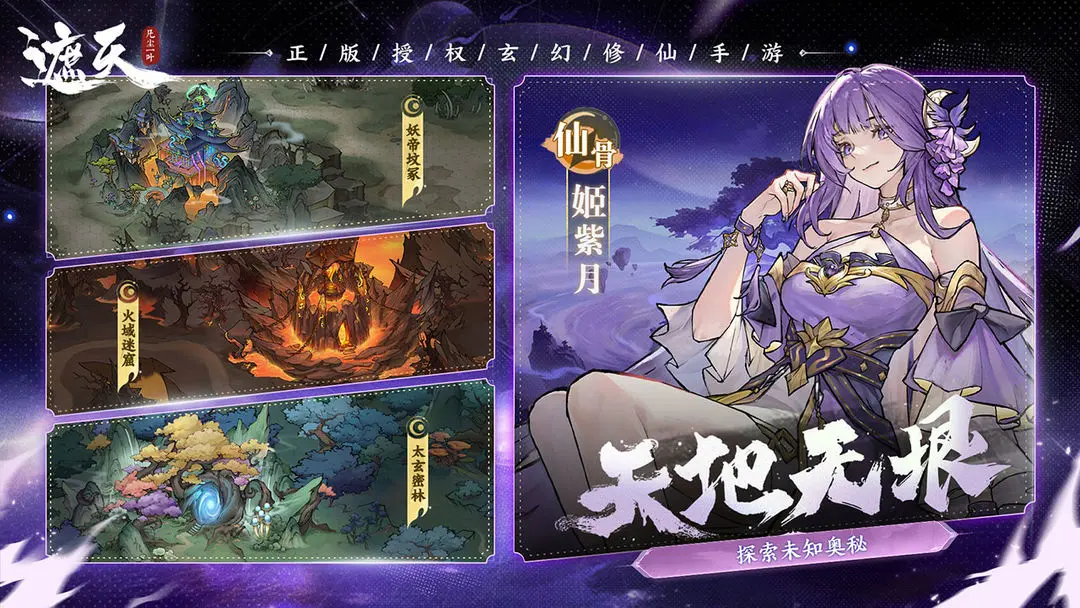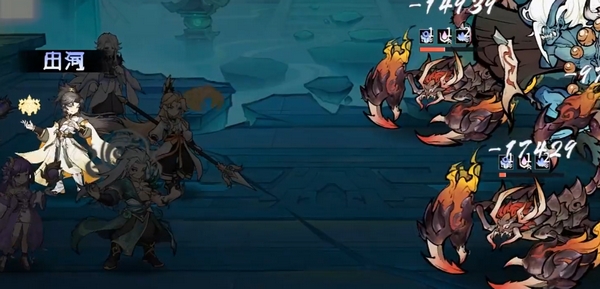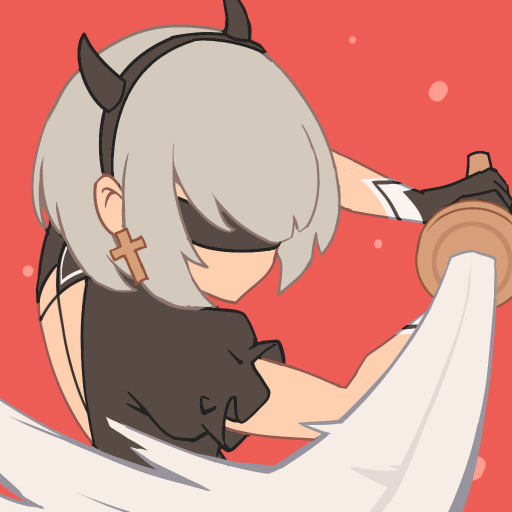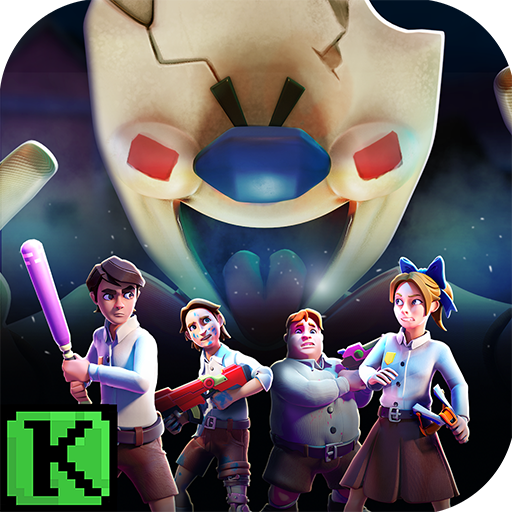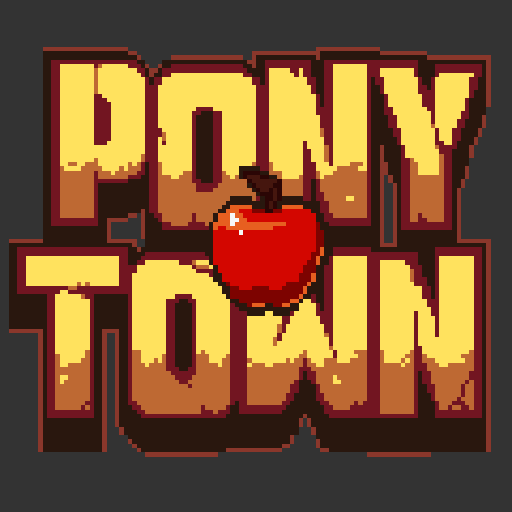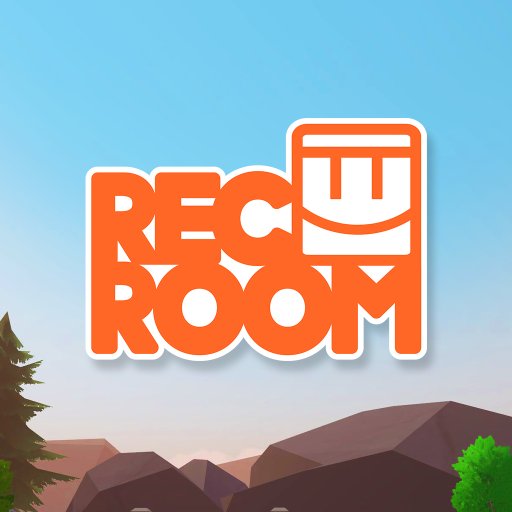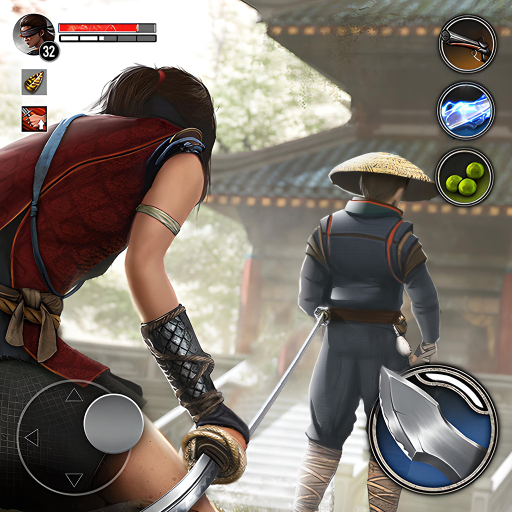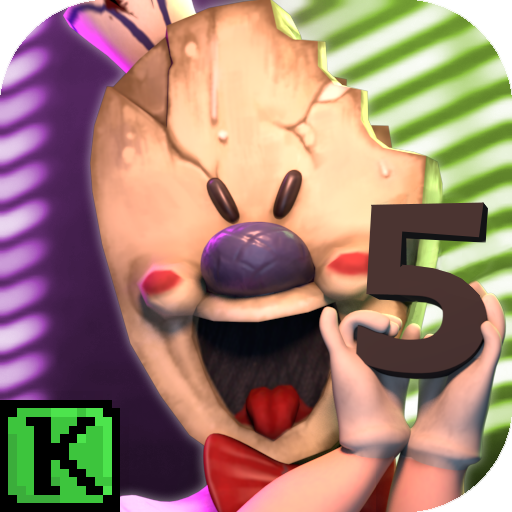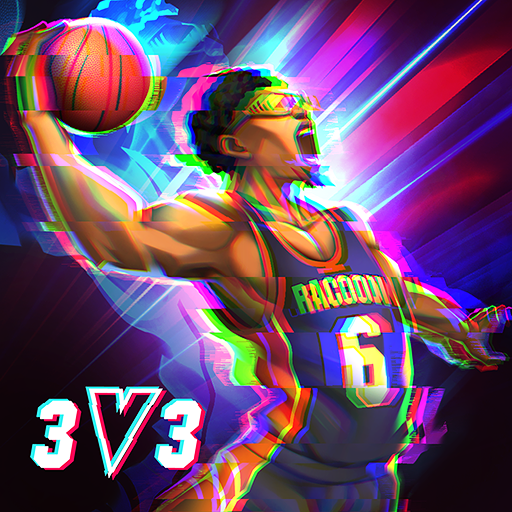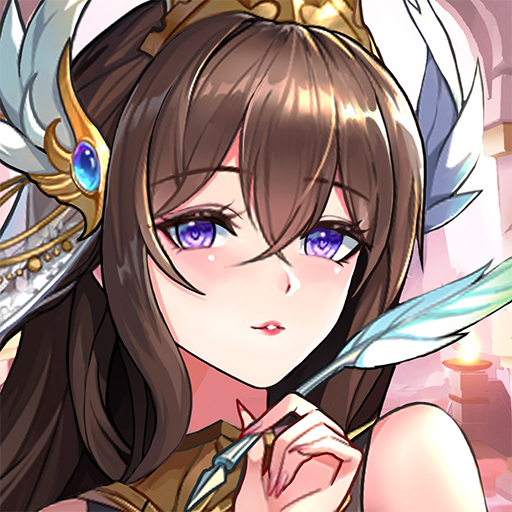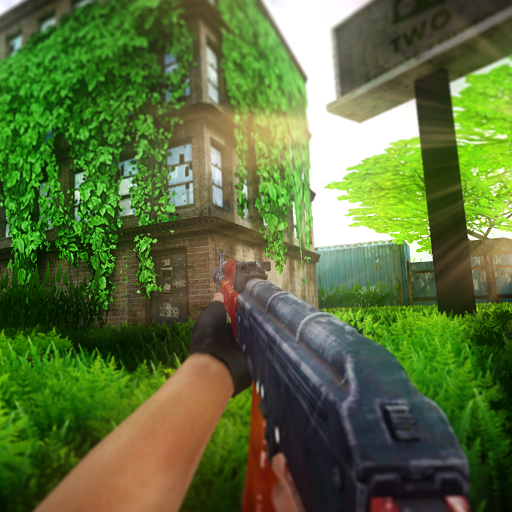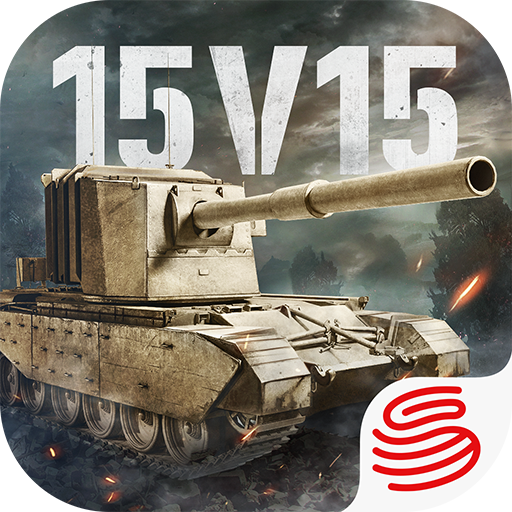The Blade & Soul 2 trading system is particularly important throughout the game, as it allows players to freely trade items, enabling numerous possibilities. However, the trading system also has its own characteristics and functions. Below is an introduction to these aspects, allowing players to gain a deeper understanding of the trading system. After all, when experiencing the game, if players have some knowledge in this area, they can better participate in the game.
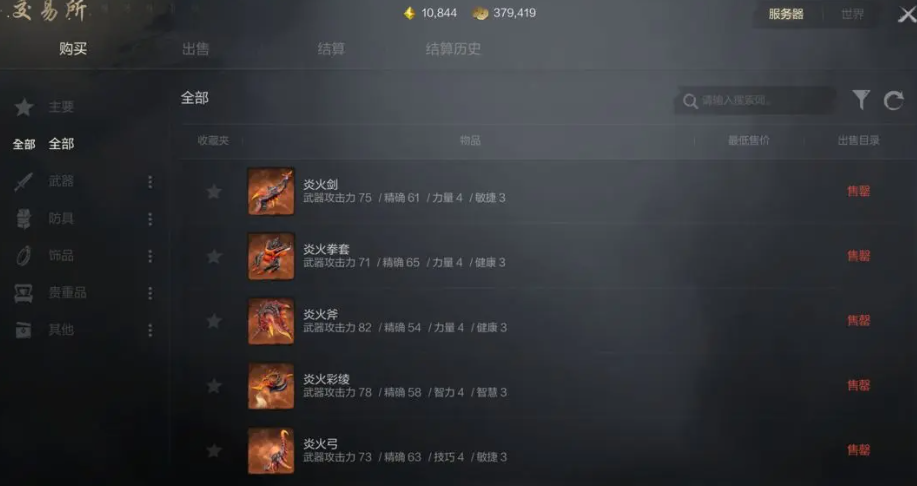
The trading system in the game allows players to freely buy and sell items. There are many types of items, such as weapons, equipment, accessories, enhancement materials, etc. For players, they often obtain these items through gameplay. If there are surplus items that the player does not use, they can directly trade them.
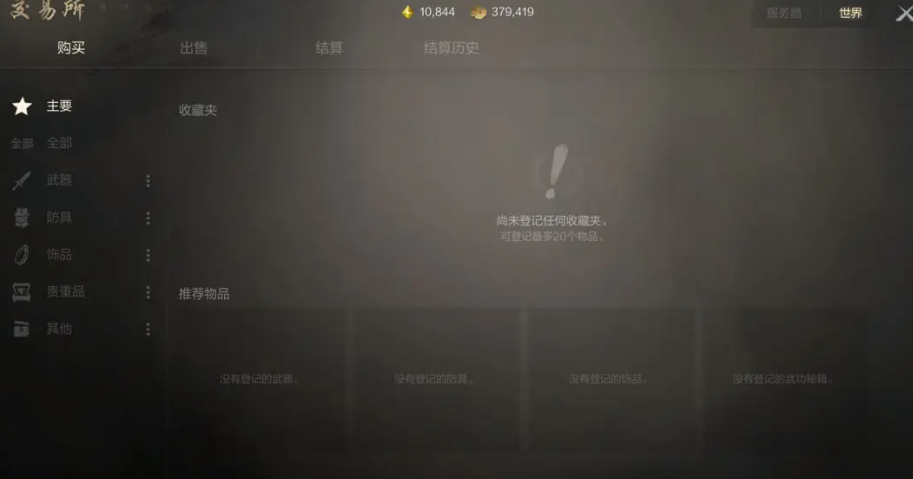
In the trading system, divine stones can also be bound. Although they cannot be exchanged for vouchers or general currency, to allow players to profit through the trading system, currency can be directly bound, and this currency is the divine stone.
When playing the game, players can use the trading system to achieve cross-server trading, which simply means buying and selling items between different servers. This expands the scope of transactions and increases the overall market activity. However, players should note that prices in the trading system can change.
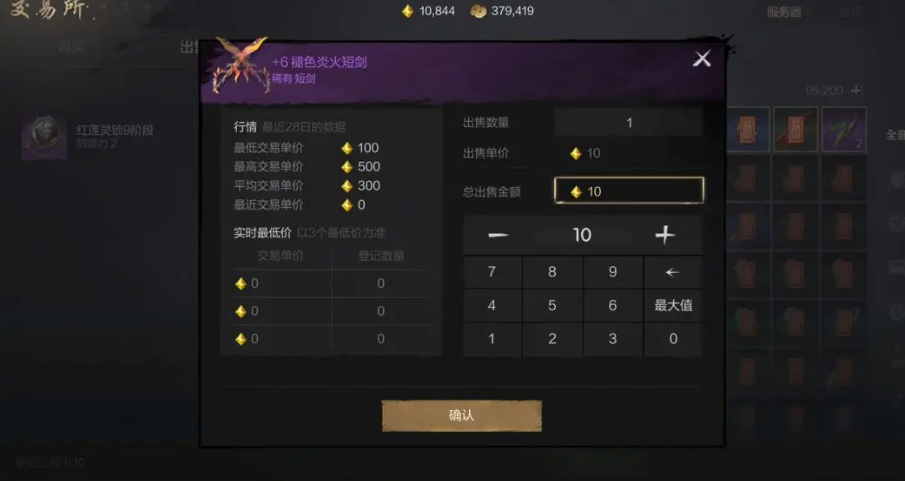
The trading system also involves auction gameplay. Simply put, if a player obtains rare equipment or items, they can sell or acquire them through an auction.
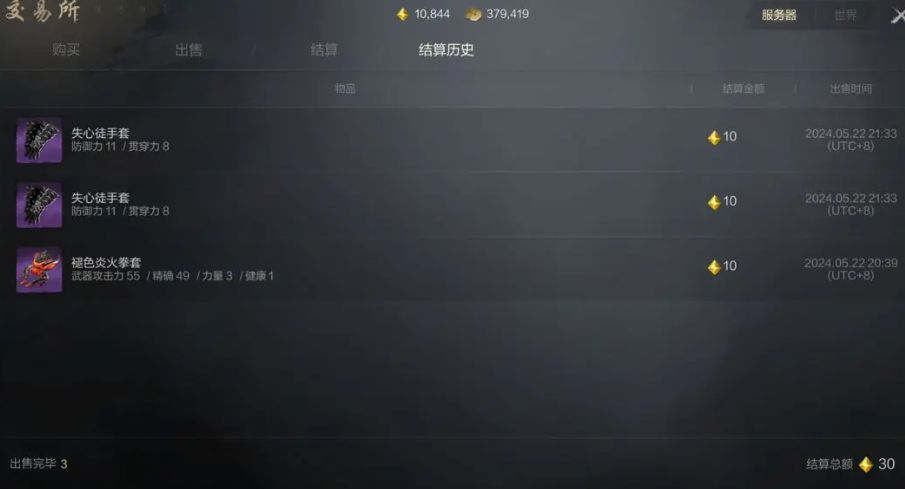
The features of the Blade & Soul 2 trading system have been shared with many players. In the game, players can use the trading system to view and settle transactions, as well as obtain corresponding information, price trends, etc. After all, the interface of the entire trading system is relatively simple, allowing players to quickly check and gain corresponding benefits.
